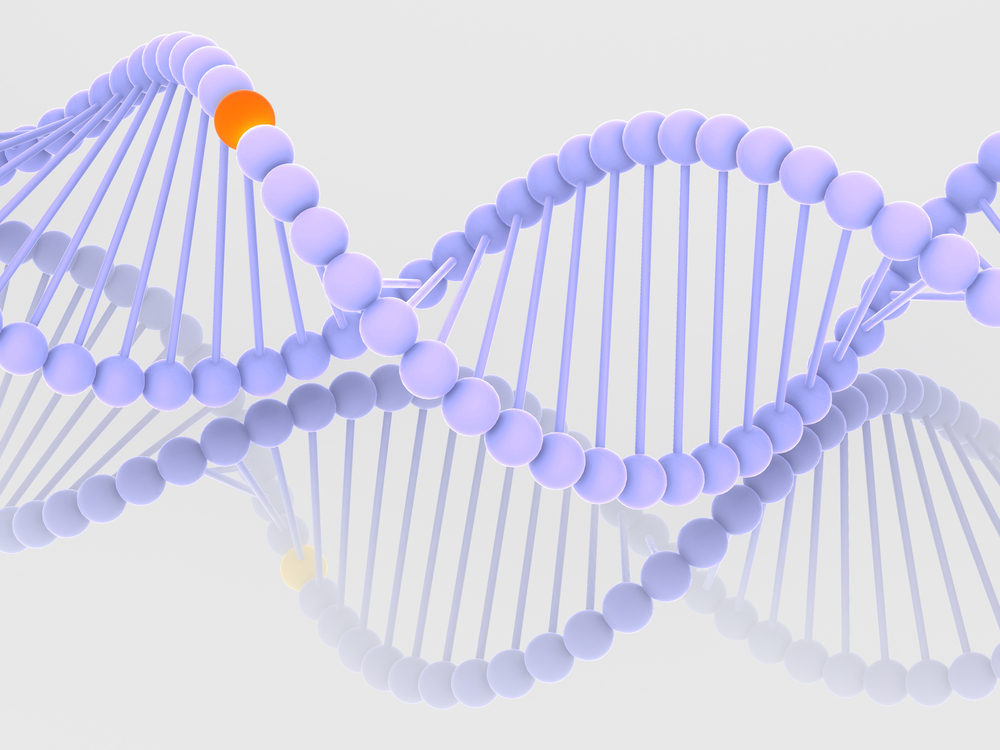 A recent study found that olaparib, a drug approved for breast and ovarian cancer patients with inherited mutations in the genes BRCA1 or BRCA2, targets an enzyme called polymerase q (POLQ) present in tumor cells.
A recent study found that olaparib, a drug approved for breast and ovarian cancer patients with inherited mutations in the genes BRCA1 or BRCA2, targets an enzyme called polymerase q (POLQ) present in tumor cells.
The study entitled “Homologous-recombination-deficient tumours are dependent on Polθ-mediated repair” was published in Nature by Dana-Farber Cancer Institute researchers.
Dr. Alan D’Andrea said in a news release that approximately 10 to 15% of ovarian cancers occur in women who carry inherited mutations in BRCA1 or BRCA2 genes.
Olaparib is a chemotherapeutic agent belonging to the PARP (poly ADP-ribose polymerase) inhibitor class of drugs that targets a specific mechanism by which cells repair double-strand DNA. This drugs targets tumor cells that carry mutations in BRCA1 or BRCA2 genes: tumor suppressor genes that control cell proliferation. BRCA1 and 2 genes account for proteins that are directly involved in the repair of damaged DNA.
The study findings suggests that breast and ovarian cancer patients with tumor cells carrying abnormally high levels of POLQ are more susceptible to olaparib, with POLQ showing promise as a target for future therapies.
“Although olaparib is often effective in this group of patients, we haven’t known precisely how it works. By uncovering part of the biological machinery that olaparib operates on, we now have a rationale for making it and similar drugs available to a broader population of patients.” said Dr. D’Andrea.
[adrotate group=”3″]
When patients carry inherit mutated versions of the BRCA genes, the process of double-stranded DNA repair is decreased but still functional. Cells can activate an alternative repair pathway controlled by the PARP (poly-ADP Ribose Polymerase) protein. This alternative repair mechanism is not perfect as it introduces additional errors while repairing the DNA.
In breast and ovarian cancer cells, a BRCA mutation increases the susceptibility of cancer cells to DNA damage. In addition, using olaparib and similar drugs that target the alternative repair pathway controlled by PARP, increases and accumulates the levels of DNA damage.
Study author Dr. Ceccaldi investigated the mechanism behind olaparib inhibition of the PARP pathway, mutating BRCA1 or 2 present in cancer cells and analyzing which proteins increased as a result.
“We theorized that the rise in POLQ was compensating for the loss of BRCA, and that it is involved in DNA repair,” stated Dr. D’Andrea. To confirm their hypothesis the team used mice without POLQ or PARP’s activity and with BRCA-deficient breast cancer, observing that tumor cells would eventually die.
The study identified POLQ as a key player of the PARP DNA-repair machinery. Dr. D’Andrea explained that cancer cells with BRCA mutations are completely dependent on POLQ for their survival while normal cells are not. This suggests that POLQ may be an important target for new treatment strategies.

